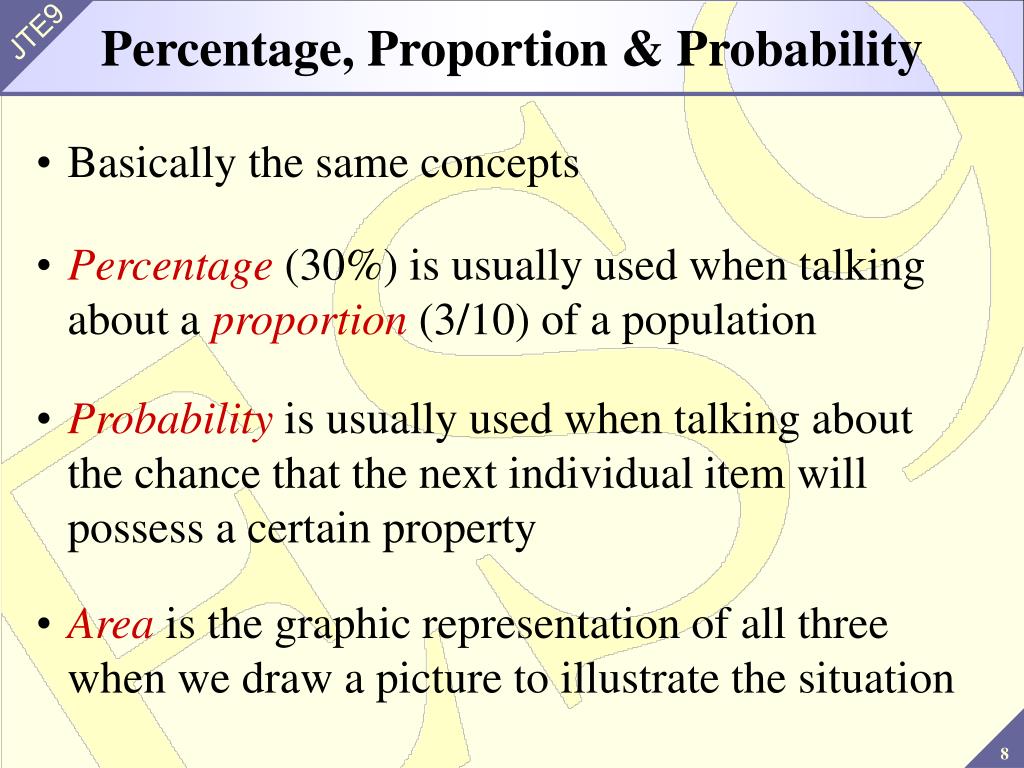
For example, if event A is already known to have happened and the probability of event B is sought, the following rule applies. Conditional Rule will apply whenever just partial information about an occurrence is available. In particular, if A is an event, the following rule applies.ģ.

Complementary Rule applies whenever one occurrence is the counterpart of another. For example, if A and B are both events, then the following rule applies.Ģ. Addition Rule applies if one event is the result of the union of two other occurrences. The following are the Four Probability Rulesġ. Therefore, some fundamental guidelines will be beneficial instead of continuing to portray every circumstance as a multidimensional sample or sample space. The enumeration of various occurrences becomes more complex as the number of variables in a frequency distribution rises. By multiplying these probabilities, we can find the probability of getting all three events. Where P(red) is the probability of drawing a red card, P(number|red) is the probability of drawing a number card given that we have already drawn a red card, and P(face|red and number) is the probability of drawing a face card given that we have already drawn a red card and a number card. P(red and number and face) = P(red) x P(number|red) x P(face|red and number) For example, if we want to calculate the probability of getting a red card, a number card, and a face card in a standard deck of cards, we can use the multiplication rule of probability to calculate: This formula can be used to calculate the probability of complex events that depend on multiple factors. In words, this formula states that the probability of n events occurring is equal to the probability of the first event multiplied by the probability of the second event given that the first event has occurred, multiplied by the probability of the third event given that both the first and second events have occurred, and so on, up to the probability of the nth event given that all previous events have occurred. P(A1 and A2 and … and An) = P(A1) x P(A2|A1) x P(A3|A1 and A2) x … x P(An|A1 and A2 and … and An-1)

The general formula for the probability of n events occurring is: This formula is known as the multiplication rule of probability and can be extended to any number of events. Where P(A) is the probability of event A occurring, P(B|A) is the probability of event B occurring given that event A has occurred, and P(C|A and B) is the probability of event C occurring given that both event A and event B have occurred. P(A and B and C) = P(A) x P(B|A) x P(C|A and B) The probability of three events occurring can be calculated using the formula: If you choose, you may modify the unit to a decimal values. Keep in mind that each probability must be a value between 0 and 1 (or in percentage values as 0% and 100%, respectively). You may also enter two numbers in the first and second portions of this calculator.


N(A) is the number of outcomes in the event A, P(A | B) is the probability that event A occurs, given that event B has occurred, P(A ∪ B) is the probability that events A or B occur, P(A ∩ B) is the probability that events A and B both occur, P(B') is the probability that event B does not occur, P(B) is the probability that event B occurs, P(A') is the probability that event A does not occur, P(A) is the probability that event A occurs, The Multiple Event Probability Calculator uses the following formulas: Results Multiple Event Probability Value (decimal) Value (percent) P(A) - P(A') - P(B) - P(B') - P(A ∩ B) - P(A ∪ B) - P(A | B) - P(B | A) - Probability Formulas Multiple Event Probability Calculator (A & B are independent events)


 0 kommentar(er)
0 kommentar(er)
